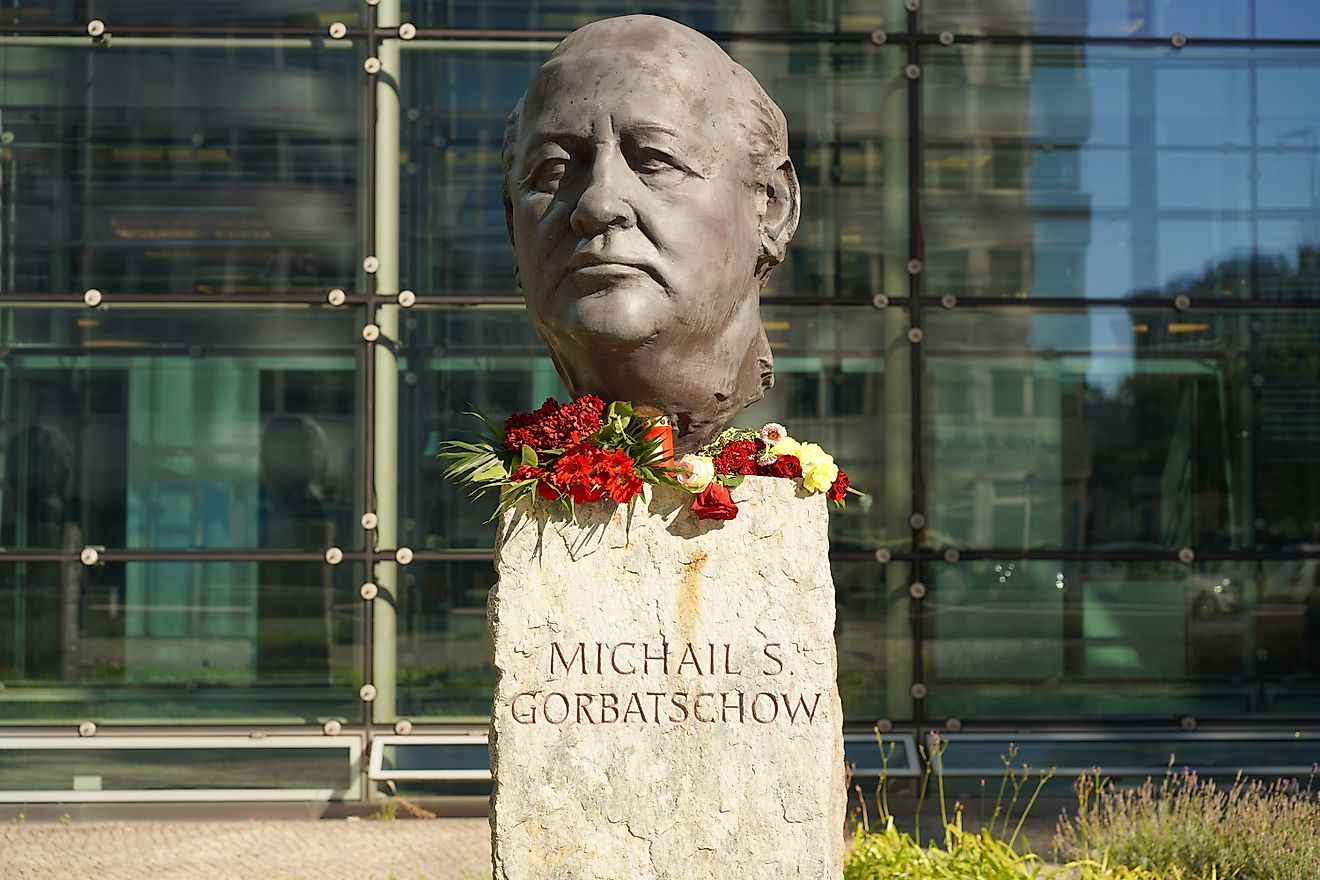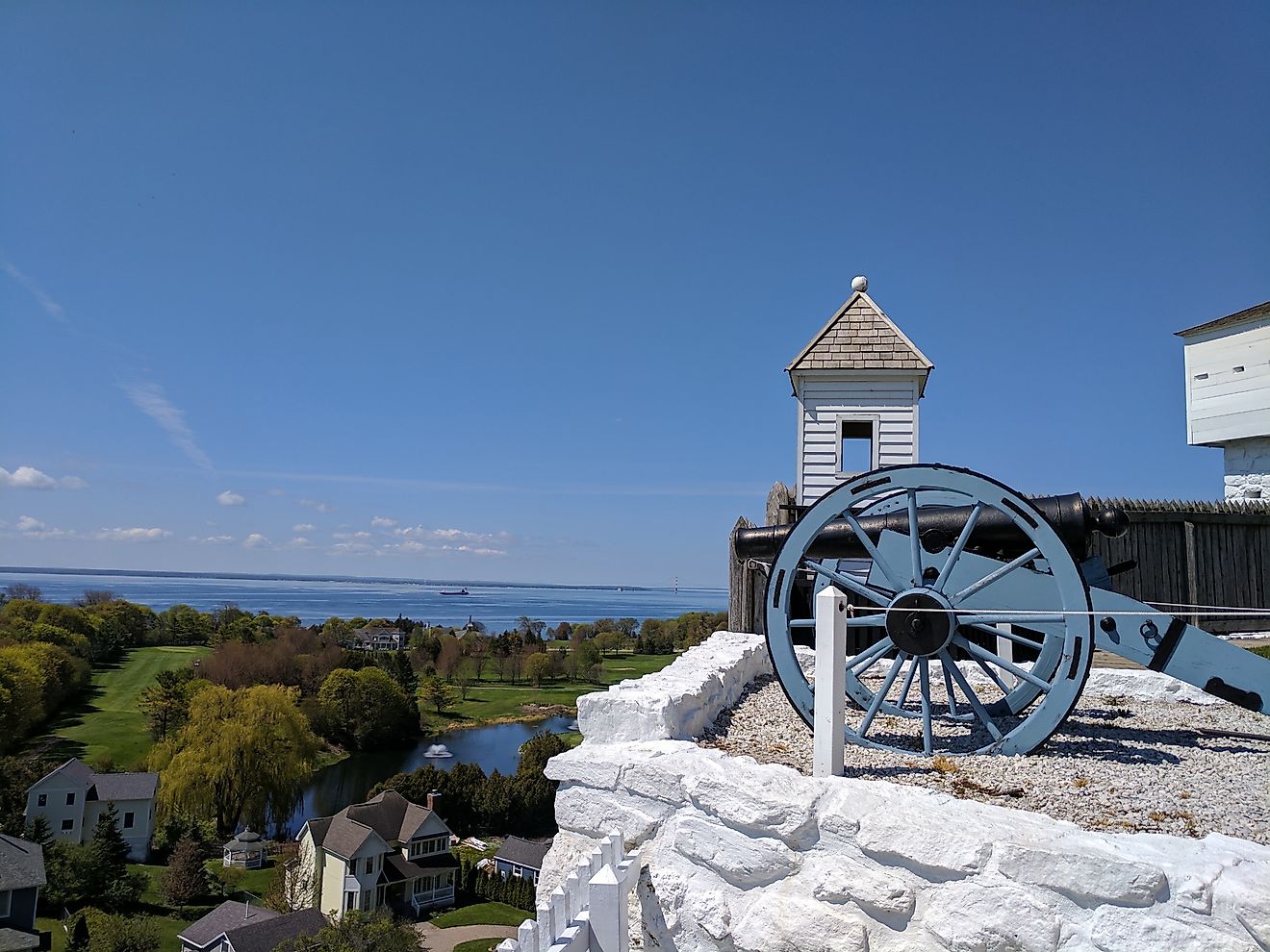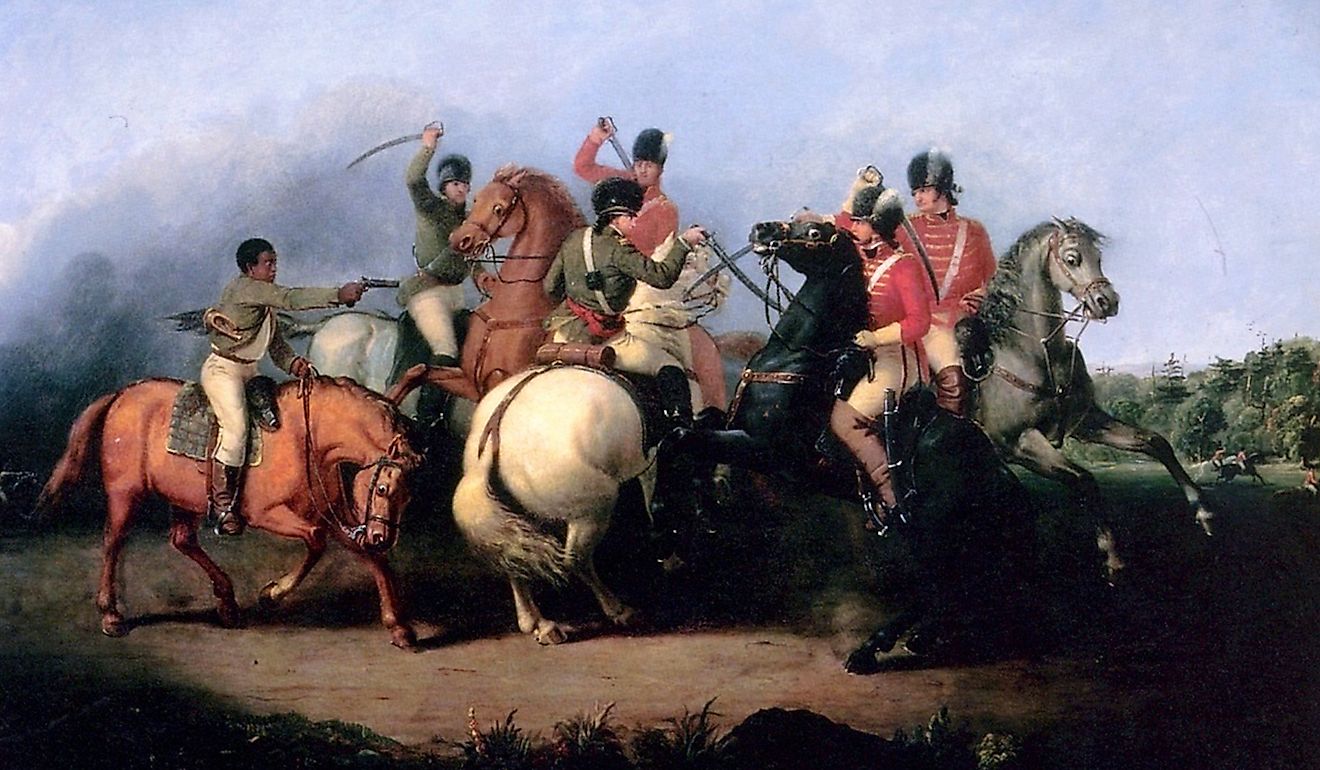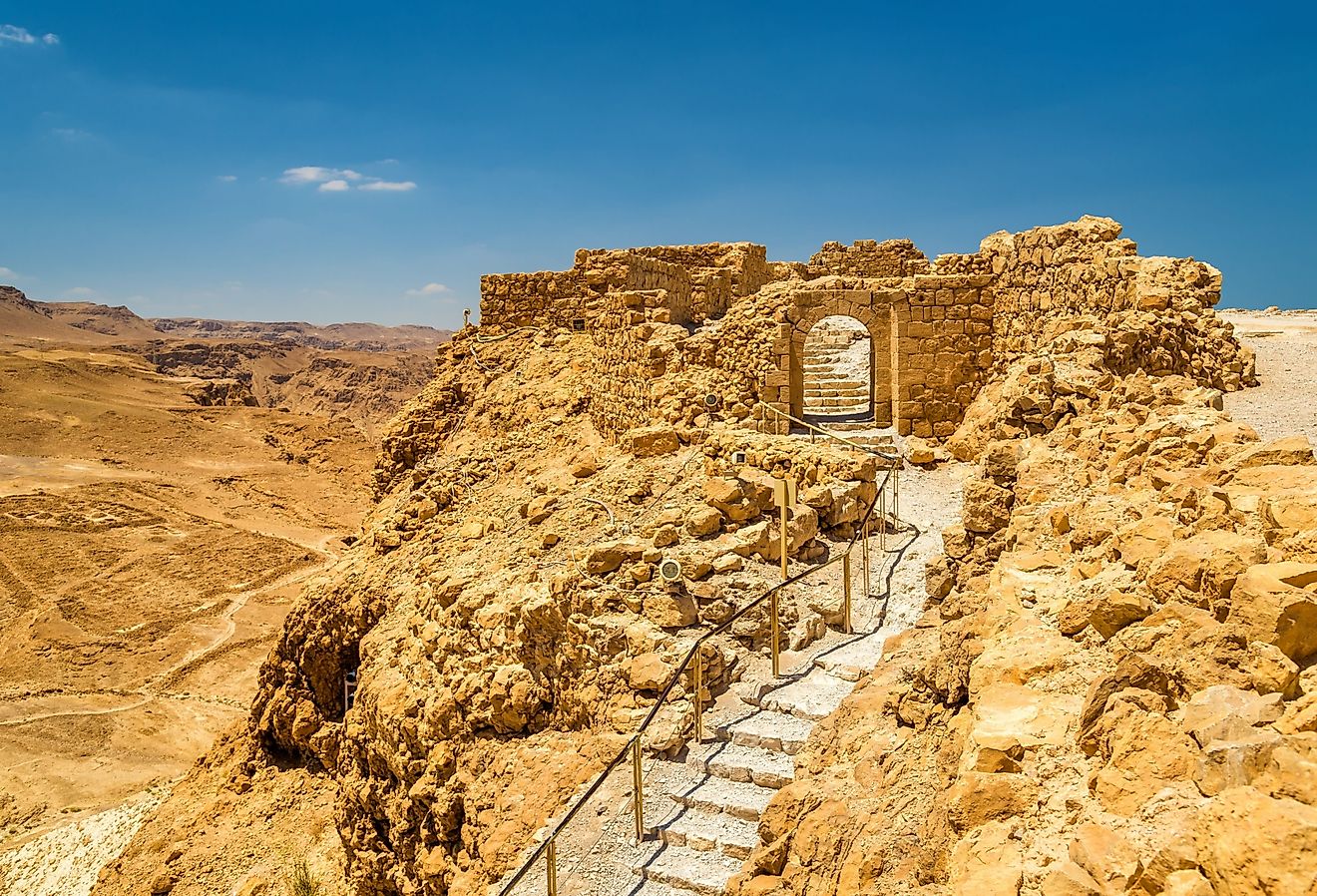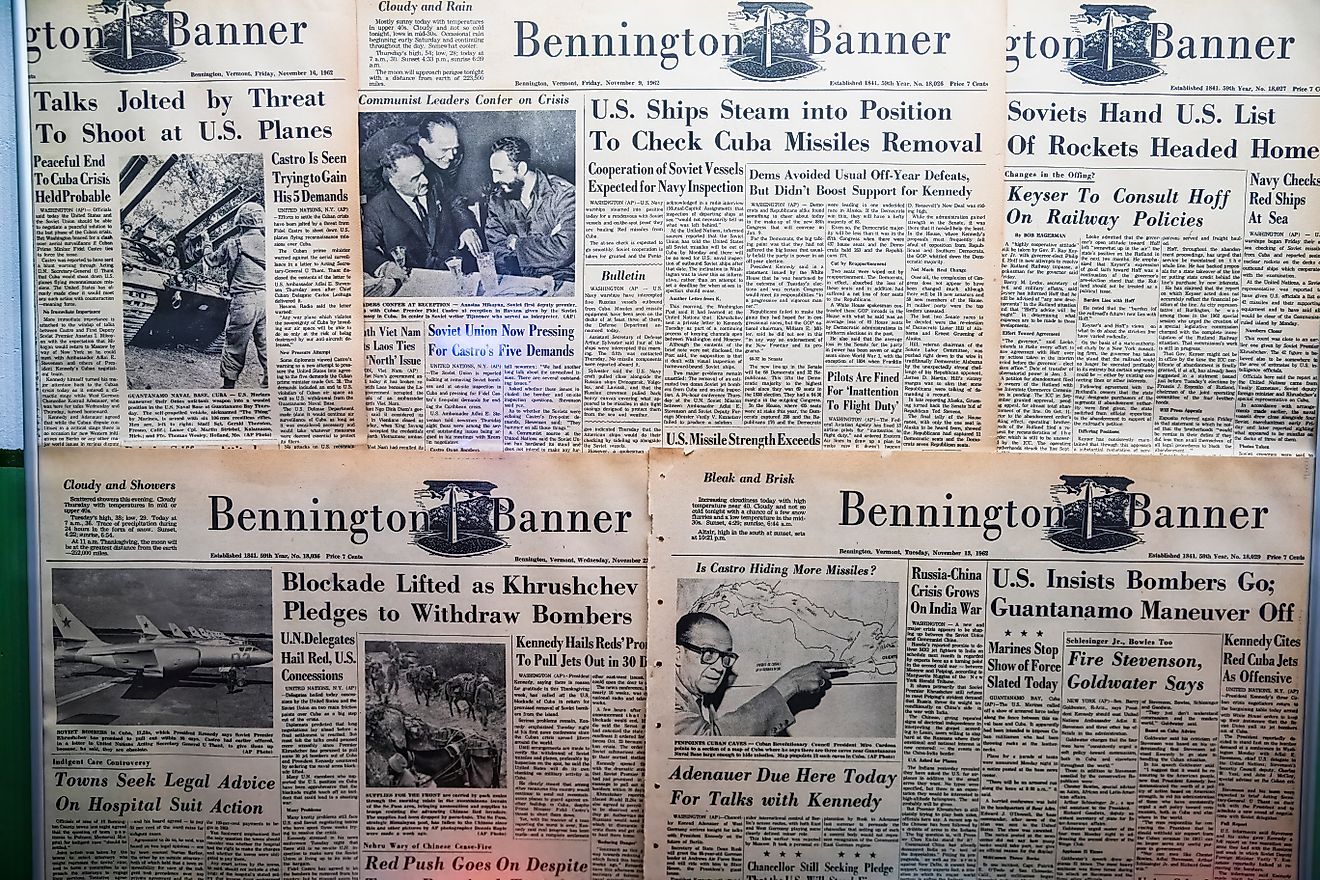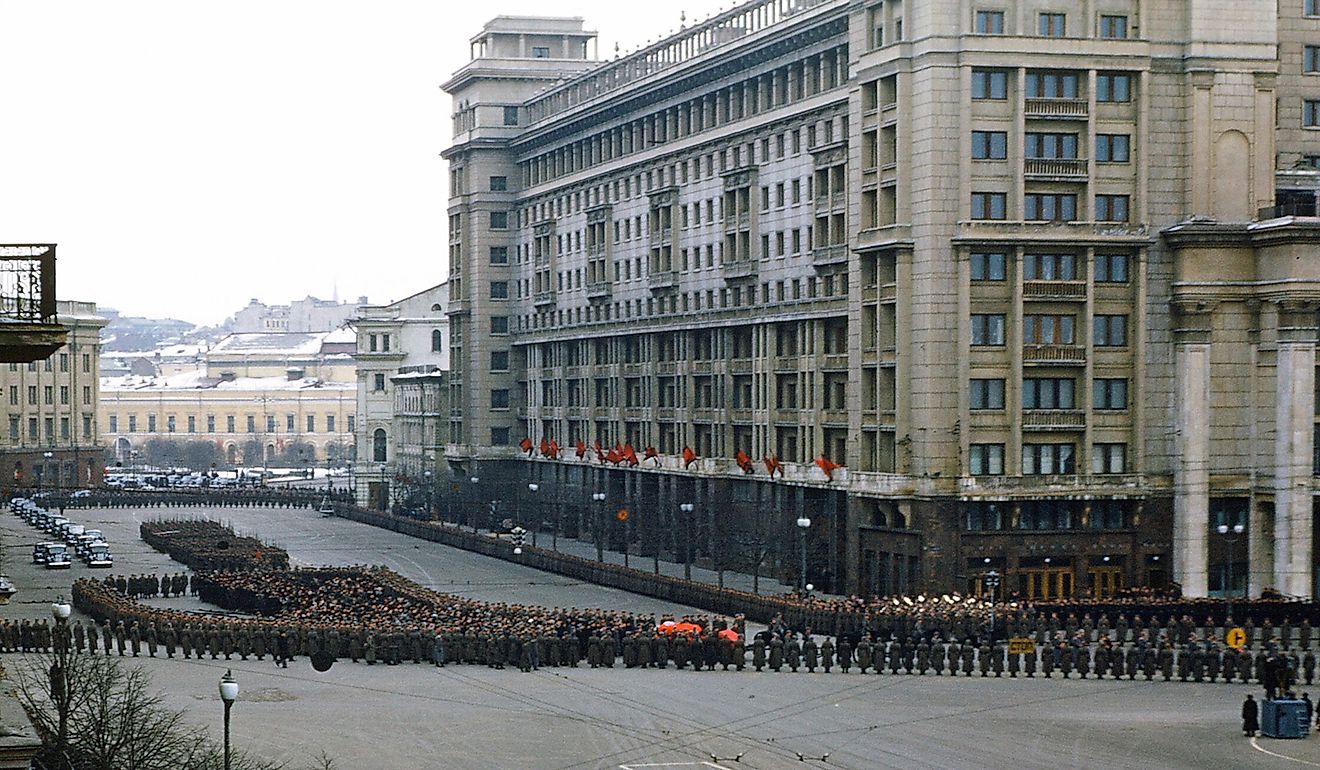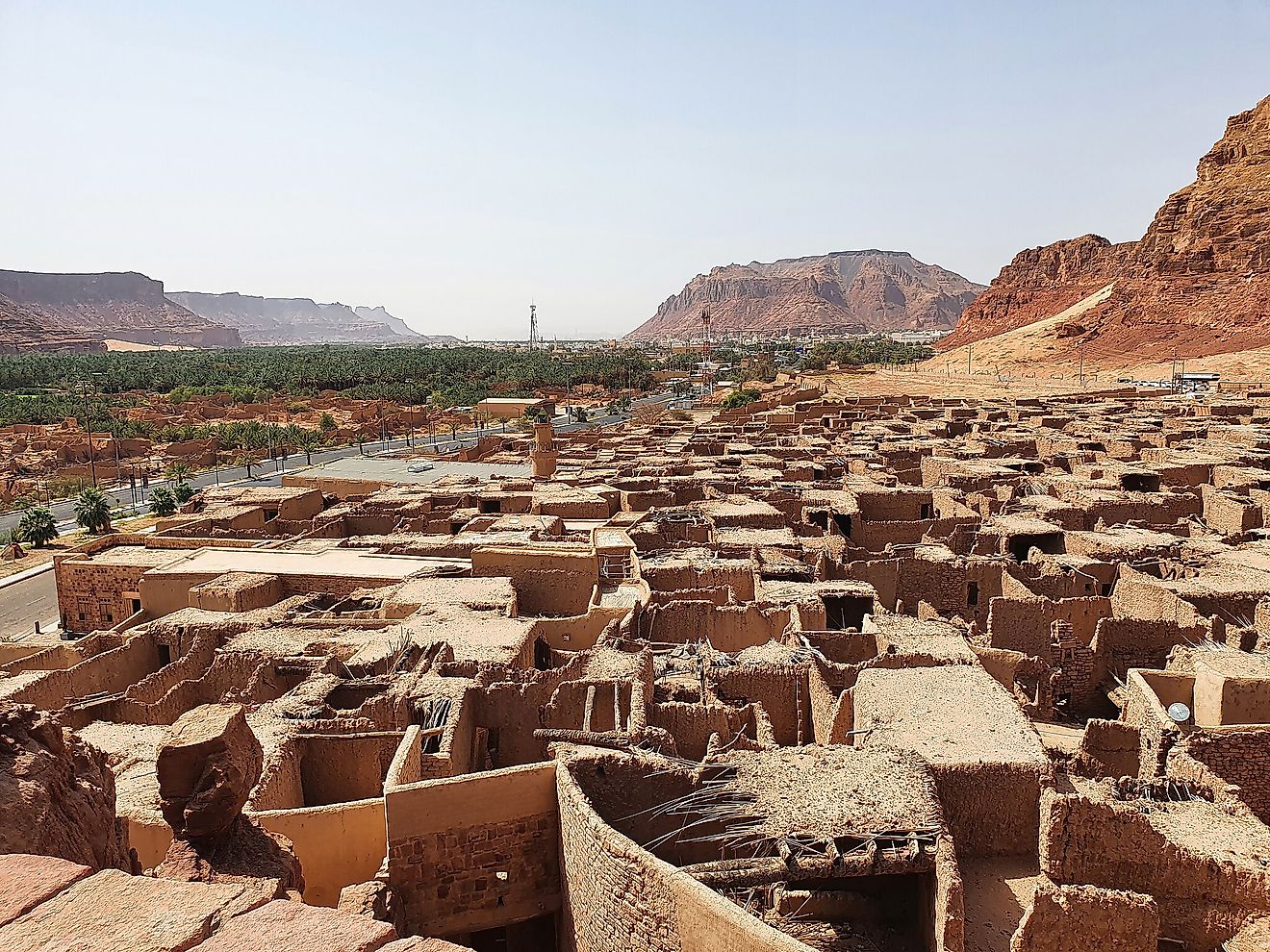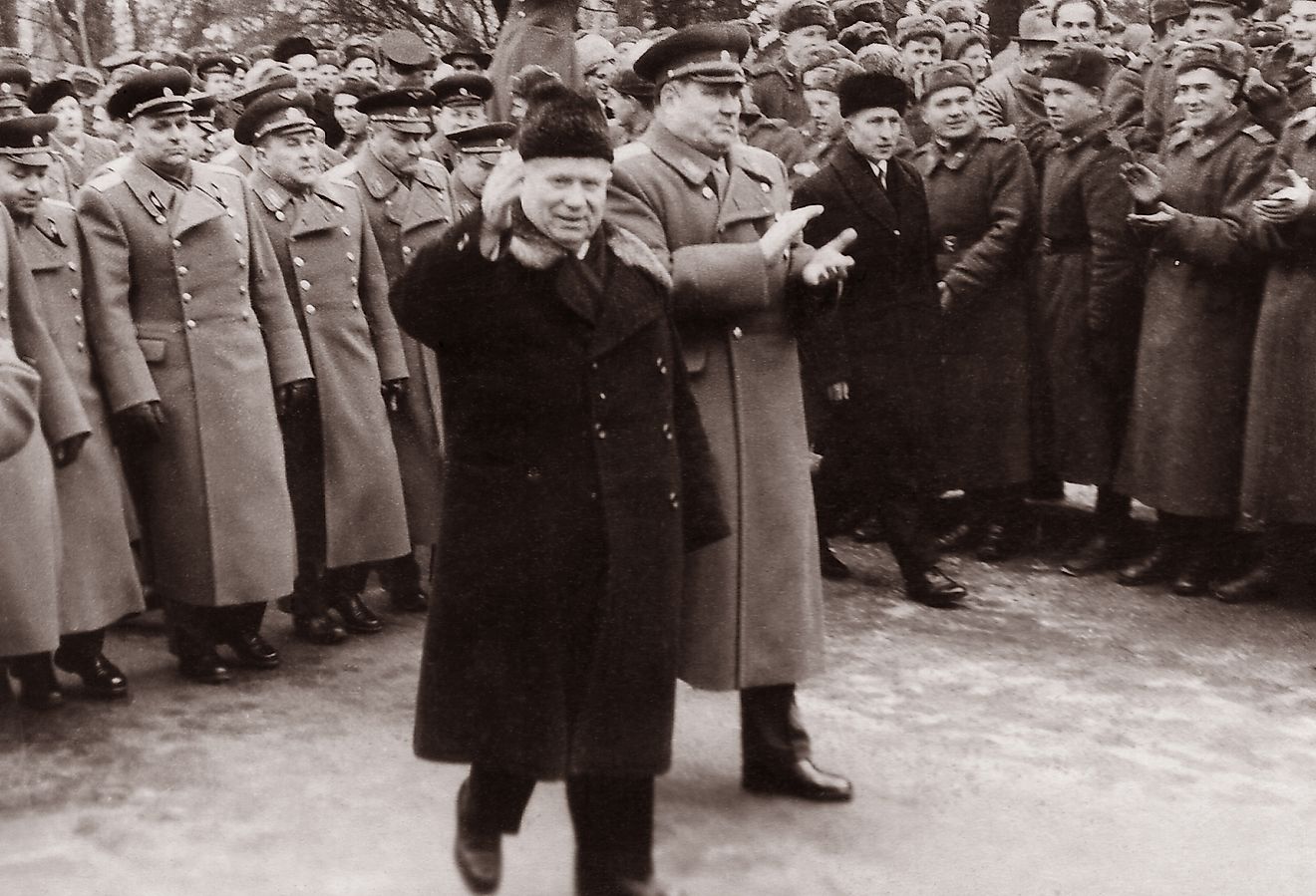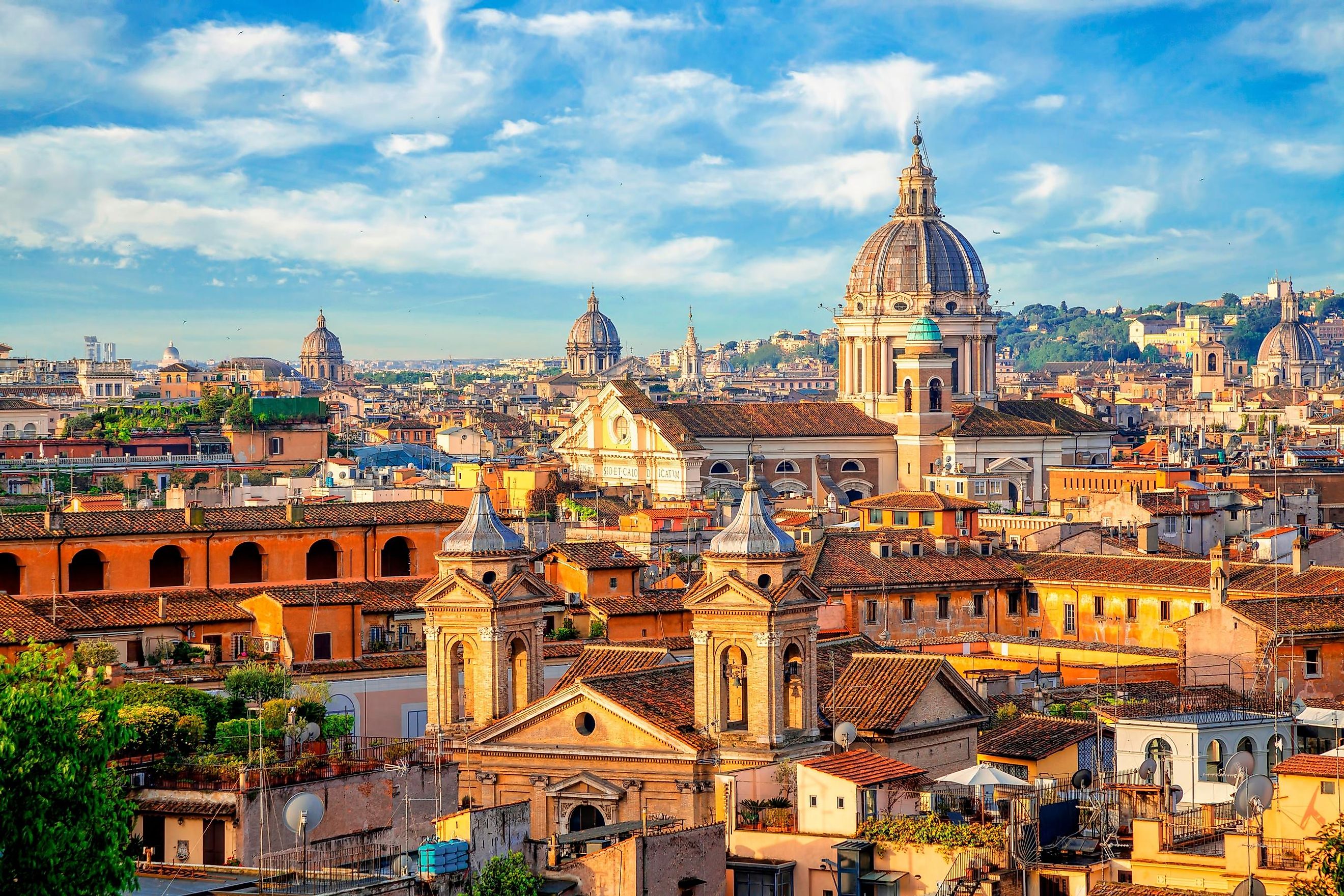
The Richest Cities In European History
Throughout the long history of Europe, countless great cities have risen to prominence. The golden ages of cities are often marked by an explosion of cultural, political, or economic dominance. Usually, it is all three that mark the ascensions of these great cities. While there are almost endless examples of fantastically wealthy and powerful cities across European history, a select few stand out from the rest of the crowd. Not only were some cities able to get rich and stay rich, but they also established economic climates and institutions that lasted for centuries.
Rome

The beating heart of the Roman Empire, Rome was both the largest and richest city of the Ancient World. Reaching its zenith sometime in the early 2nd century, Rome's influence and wealth would start to wane as the empire's institutions began to fall apart at the seams. Its golden age would coincide with the unquestioned dominance of the Roman Empire over the Meditteranean. The wealth generated at this time was largely from its ever-growing tax base as well as lucrative trade with places as far away as China and India.
The Romans were able to build countless great public works with this revenue, such as the Colosseum, Circus Maximus, and Pantheon. All of these astounding wonders still stand today in one way or another. The aristocracy of Rome also enjoyed a lush and lavish lifestyle during this period. It was not uncommon for the elites of Roman society to have such luxuries as fountains, pools, and heated floors installed in their homes. These kinds of extravagant additions to homes would not be seen in Western Europe for hundreds of years after the empire collapsed in 476 AD.
Paris

Originally founded by the Romans during their conquest of Gaul in the 1st century BC, Paris has remained the most important and rich city in France since the nation was first founded in the centuries following the collapse of Roman rule in the West. While Paris has always been one of the most important cities in Europe in terms of culture and wealth, the city would enter into a new era of prosperity in the late 19th century. Often referred to as the La Belle Époque, lasting between 1871 and 1914, an explosion of French culture fueled by a thriving economy would transform Paris into the modern city that it is today.
Iconic landmarks such as the Eiffel Tower were constructed during this period alongside the early adoption of consumer culture. With a large and expanding middle class, the average French citizen was beginning to buy new and exciting items that were once only reversed for the upper echelon of French society. Sadly, much of this progress would either stagnate or be lost at the outbreak of the First World War. The first half of the 20th century was anything but easy for France, but thankfully, the city was able to recover, and today, it remains one of the richest cities in Europe and the world.
London

The birthplace of industry, London, was the epicenter of large-scale manufacturing in the late 17th century. The Industrial Revolution would not only bring about an unprecedented surge of newfound wealth to both the upper and lower classes but would also irreparably change the world forever. Goods that had previously been difficult, time-consuming, and expensive to make could now be churned out in a matter of hours or even minutes with the help of new labor-saving machines. This technique made goods considerably cheaper and more accessible to the lower classes, previously out of reach for most of the populace.
A true middle class started to form, and the first-ever true "consumer economy" was born. Raw materials from around the British Empire would be sent back to London to be turned into cheap and easily made goods to be sold for an astounding profit. During the late 18th century and the entire 19th century, London would remain the economic capital of not only Europe but the entire world. It would only be after the disastrous effects of the First World War on Britain that New York would surpass London as the global economic hub.
Constantinople (Istanbul)

First named Byzantium by early Greek colonists in the 7th century BC, this once unassuming settlement at the edge of the Strait of Bosporus would become a city that would rival even Rome in wealth and riches. Named Constantinople by the Roman emperor Constantine the Great, this city would quickly become the most prosperous part of the Roman Empire. As Rome's power and relevance started to fade, Constantinople thrived as it served as the capital of the Eastern Roman Empire and a center of trade and commerce for centuries to come.
Constantinople sat at the end of the incredibly lucrative trade network called the Silk Road. The Silk Road was a series of trade routes that connected Europe with both India and China. Expensive and exotic items such as Chinese silk were one of the most sought-after items in the empire and almost drove the Roman state into bankruptcy on more than one occasion. Regardless, Constantinople would continue to thrive well past the point Rome had fallen into the hands of Barbarian invaders in the 5th century AD. The city would have its ups and downs but would experience a revival under the control of the Ottoman Turks during their golden age in the 17th and 15th centuries.
Venice

Venice first rose to prominence at the tale end of the Dark Ages in Europe around the 10th century. Its coastal location made it an obvious place for traders and merchants to sell and buy goods easily. In later centuries, the Venitian city-state established itself as a potent and capable trade empire that held territory in Greece, Turkey, and the Balkans. The sheer amount of trade that Venice engaged in during the Middle Ages made it one of the wealthiest cities on the continent by a considerable margin.
After Constantinople was sacked by Crusaders in 1204, Venice surpassed the Roman city as the center of commerce in the region. Not only did Venice set up profitable trade deals with other Europeans but branched out into the Middle East and Africa as well. The Venetians were able to form relatively good relations with the various Muslim powers and both sides benefited greatly. The money and wealth that was brought into the city during the 1300s and 1400s would help fund stunning works such as the world-famous St. Mark's Cathedral and Square.
Amsterdam

Serving as the capital city for the newly founded Dutch Republic in the 16th century, Amsterdam quickly found itself at one of the richest and fastest-growing trade empires the world had ever seen. The coastal location of the city made it the perfect place to conduct trade missions not just around the traditional European markets but across the globe. Amsterdam was home to the world's very first stock exchange in 1602 and was the headquarters of the Dutch East India Company. The Dutch East India Company, also known as the VOC, was granted a monopoly over all trade that took place throughout the Indian Ocean and Southeast Asia.
This made the VOC inconceivably wealthy. It is estimated that at its peak in the 17th century, the VOC was worth a staggering $8.28 trillion in today's money. This would make the VOC not only the richest private company of its time but in recorded history. The sheer amount of wealth that was coming into Amsterdam during its golden age of the 17th century helped fund the world-famous canals and architecture that the city is known for today.
It is one thing for a city to gain momentary wealth throughout its history, but it is another to obtain wealth and keep it, either in the form of still thriving economic sectors in the modern age or ancient monuments that have stood the test of time. These cities remain relevant in their own unique ways. Golden ages come and go, but the legacy that comes from them lasts forever.
